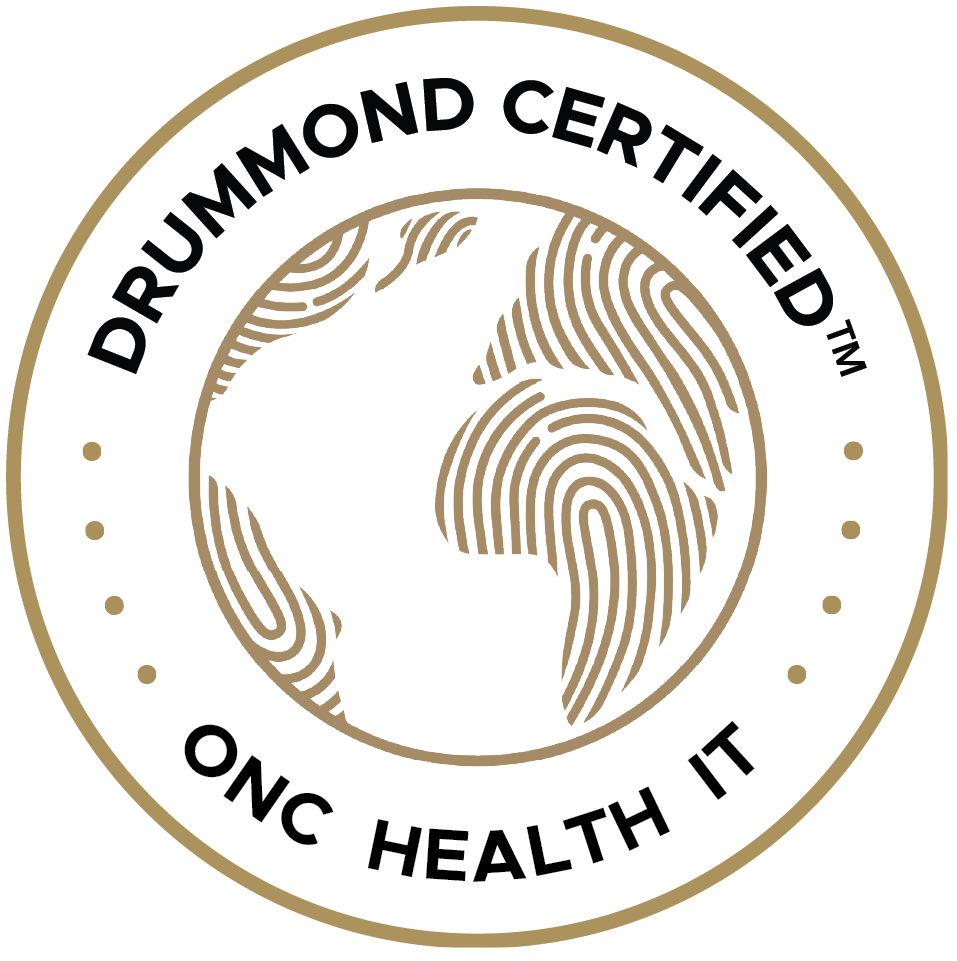gvgray
The internet is awash in apps designed to supplement, dilute, and in some cases replace the psychotherapist. I call them digital therapy apps. Some are free, many are not. Yet all have one thing in common: they are experimental. Most have no research support and little more than face validity to recommend them.
Notwithstanding the effusions of digital therapy advocates (e.g. the NY Times gushed that computerized psychotherapy was “effective against an astonishing variety of disorders”) the fact is that digital therapy is not a replacement for the therapist. A recent study of digital therapy with depressives found a linear effect for the role of clinician contact. When the therapy was entirely online, the impact of treatment was negligible; when the therapist had contact with the patient before treatment outcomes improved and became clinically significant; when there was therapist contact during treatment, there was a further gain; and when there was therapist contact before and during treatment, average outcomes improved yet again. So even when therapy involves internet mediation, the most important factor in emotional and psychological healing remains the therapeutic alliance.
Most of these apps are not likely to do much harm. The FDA which regulates medical apps that claim to diagnose various conditions, has indicated that they believe that mental health apps pose a lower risk to the public and may be exempt from oversight.
While we don’t know which apps work with a broad range of patients or specific types of patients, some have face validity and therapists may find that some apps fit with their practice approaches. There are well designed apps that teach CBT skills; track mood; teach meditation and relaxation; and track and monitor sleep, activity level, eating habits, etc. Most of these apps depend on client data entry. A few use built in cell phone censors to continuously assess a patients mood, activity level, socialization level, etc. More about that in a moment.
The app space has attracted venture capital bent on making a quick buck. No surprise that some of these venture funded apps make claims for which there is no research evidence. One such, Talkspace, has received over 10 million dollars in venture funding. It purports to “reinvent therapy” by charging users $25/week for unlimited messaging with one of their therapists. Messaging a clinician lacks most of the elements that the research literature tells us makes psychotherapy effective.
Other venture funded sites are not shy about pricing aggressively. Mobiletherapy.com, an app with many attractive features including progress tracking (and whose management team includes celebrity psychologist Dan Gilbert), charges $50 to $99/month for therapists. Universities that work closely with venture capital companies are also entering the space. Ginger.io, for instance, grew out of the MIT Media labs and has received substantial venture funding.
Universities also get funding from the federal government. Northwestern University has received millions to develop a suite of apps to address a range of mental health problems, including stress, anxiety, depression, social isolation, sleep, etc. Currently, the Northwestern programs are available at no cost, but they could be spun off into a private company. Government funded research, paid for with your tax dollars, could be shared with private companies that then make money off you the tax payer.
One app of great promise is Priori. It is being developed by University of Michigan and targets bipolar patients by using passively collected cell phone censor data to detect the beginning of a bipolar episode. Early trials suggest that the app could provide a biomarker for bipolar and become part of standard psychiatric practice.
The promise of Priori is unique because censor technology may be able to detect changes in mood and behavior that bipolar patients are unaware of. For most psychiatric conditions, however, the patient is aware of changes in their mood and behavior, thus the need for such technology is not necessary. Nevertheless, many apps—especially the venture funded apps—use this type of sophisticated technology for what seems like cachet value alone. Ginger.io, for instance, uses censor data captured by a cell phone (motion detectors that can detect activity, linguistic censors that can detect level of socialization, etc) for making clinical inferences about depressed patients. Mobiletherapy and Intellicare are other apps that use similar technology. But it is hard to see the benefit of using expensive technologies to make inferences about a patient’s condition such as depression, when simply asking the patient a few self report questions via the cell phone is likely to be just as effective.
A final point is that for some, perhaps many patients, particularly younger patients who grew up with technology, devices such as cell phones may be part of the problem, rather than the solution. As Sherry Turkle points out in her book, Reclaiming Conversation: The Power of Talk in the Digital Age, relying too much on the connections screens provide undermines our capacities for empathy and intimacy as we no longer see the value in making the effort that in-person conversation requires.
The unique human elements of our selves as revealed in spontaneous and unplanned therapeutic dialogue; in unexpected insights, or silences, or an averted look, or a point made with unexpected urgency, or an unfinished sentence are lost on the machine world of emessages or CBT exercises.
So to answer the question, is it time for digital therapy? Not if we mean by that, can the clinician be replaced by an app. But if we mean might digital apps have a modest, secondary or adjunctive role to play in the therapeutic process, the answer is yes. And now seems like a good time for clinicians to sample what’s on offer.









